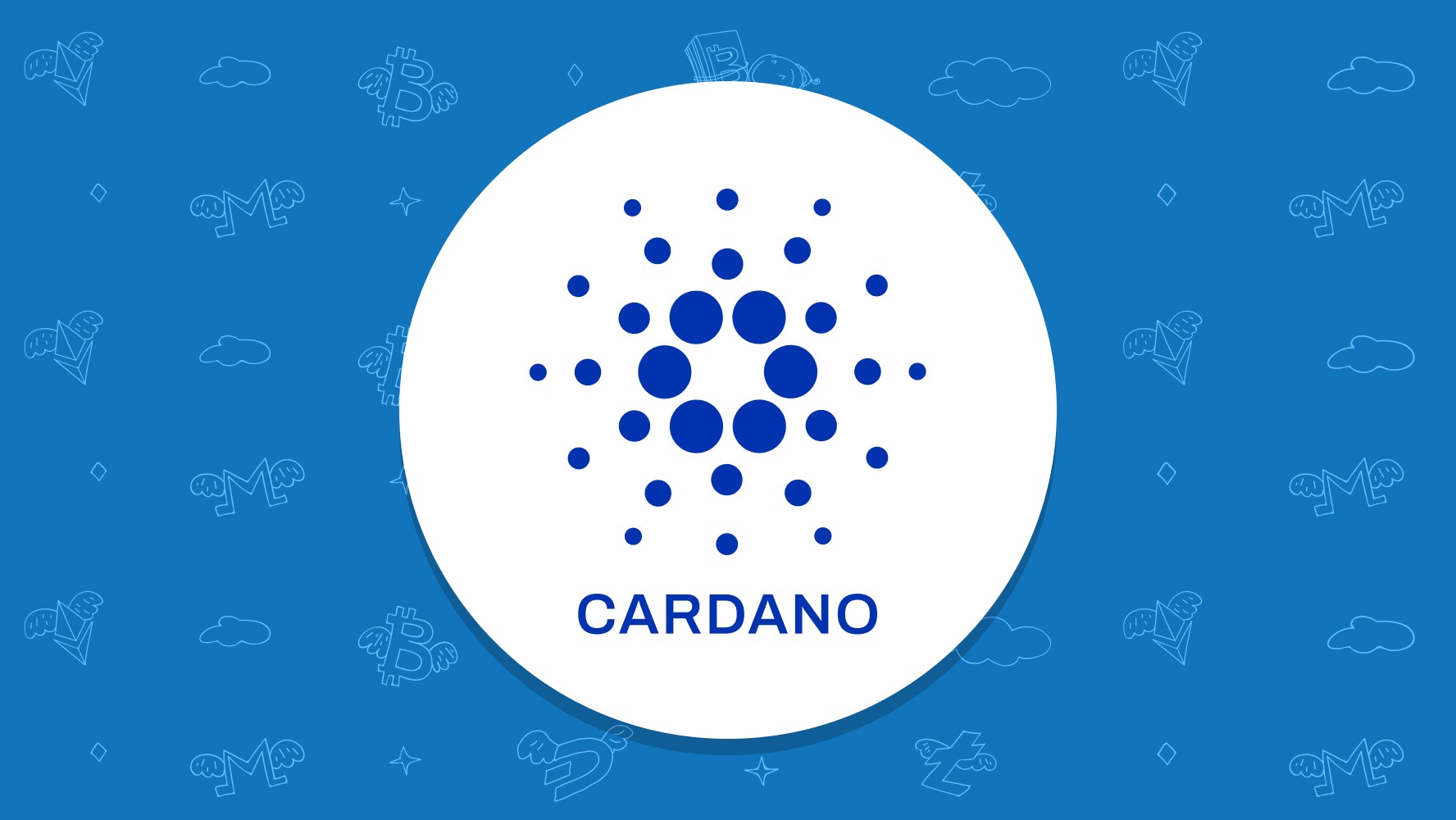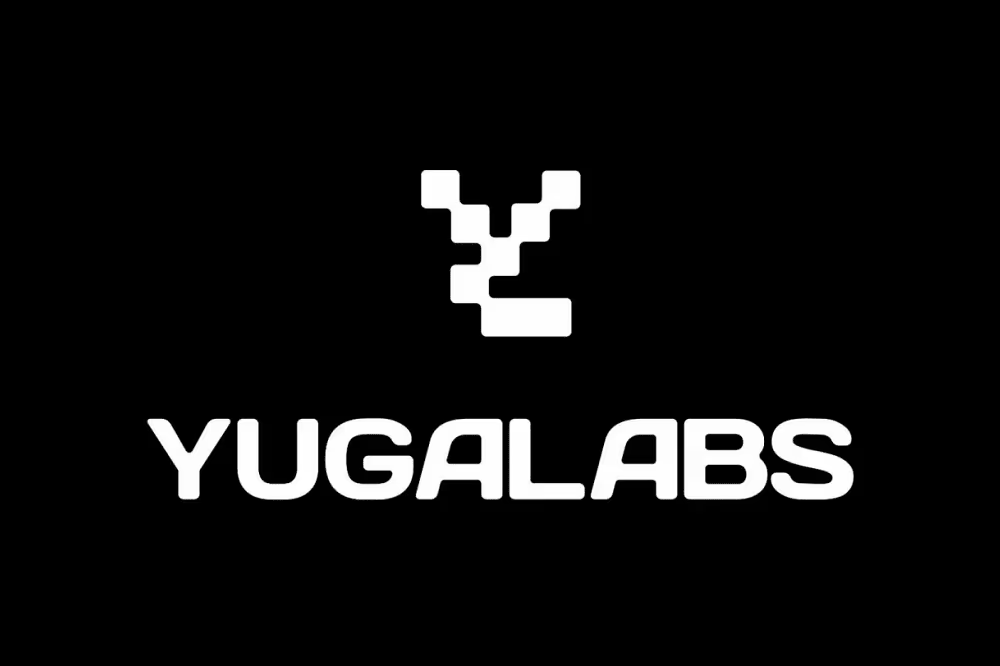- Charles Hoskinson has admitted that Cardano’s biggest weakness lies in its lack of stablecoin liquidity and proposed converting 140 million ADA into USDM to boost DeFi activity.
- However, the plan has sparked debate, with critics warning it could further depress ADA’s price amid a fragile market.
Cardano is once again under the spotlight—this time not for its technological roadmap, but for what co-founder Charles Hoskinson bluntly called a “stablecoin situation” that’s killing Cardano’s DeFi growth.
Hoskinson Sounds the Alarm on Stablecoin Liquidity
In a recent post on X (formerly Twitter), Hoskinson voiced concern over the glaring gap in Cardano’s stablecoin market cap compared to its DeFi total value locked (TVL). Despite the network’s solid on-chain metrics, ADA’s recent 7.58% plunge to $0.6363 has left investors uneasy.

To fix this, Hoskinson has proposed converting 140 million ADA from the Cardano treasury into USDM, the blockchain’s fiat-backed stablecoin. The move, he argues, could inject much-needed liquidity into Cardano’s DeFi ecosystem—without stoking inflation.
Also read: HYPE vs. BNB: Hyperliquid Surges 230% Ahead as First Corporate Treasury Firm Invests in Top DEX Rival to Binance
“What is killing Cardano is our stablecoin situation. This would start to solve it,” Hoskinson said, adding that the ADA-to-stablecoin conversion would be conducted carefully using OTCs and TWAPs to minimize market disruption.
Critics Warn of More Trouble Ahead
However, the plan has not been well received across the board. Notable Cardano voice “Cardano Whale” and others warn that offloading 140 million ADA—even over time—could trigger additional price drops, especially during a weak broader market.
Skeptics argue that timing is crucial, and initiating a large-scale treasury selloff now could worsen ADA’s 5% dip in just 24 hours.
A Smarter Alternative?
Some community members have pitched an alternate approach: minting a crypto-backed stablecoin using ADA, then deploying it in DeFi liquidity pools. This, they believe, would stimulate DeFi activity without triggering the kind of sell pressure that Hoskinson’s plan might unleash.
Despite the current turbulence, Cardano recently earned a nod from Nasdaq through its inclusion in the updated Crypto US Settlement Price Index—proof that institutional eyes are still watching the network’s evolution.
Cardano’s DeFi future may hinge on its next move. Whether Hoskinson’s proposal will stabilize the ship—or sink ADA further—remains to be seen.




